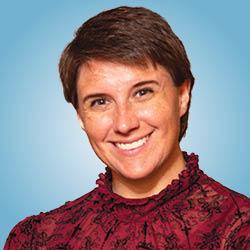The Library on Capitol Square
The Library on Capitol Square
In a previous local history blog post, we learned the early days of the library were somewhat tumultuous. During its first years the library bounced around Kansas Avenue from rented space to rented space. It wasn’t until 1878 that Edward Wilder, the library board president, began to float the idea that the library needed its own permanent home. The building that resulted became “the pride of the entire city and state” and served as the home of the Topeka Library for the next 71 years.
A Wild(er) Idea
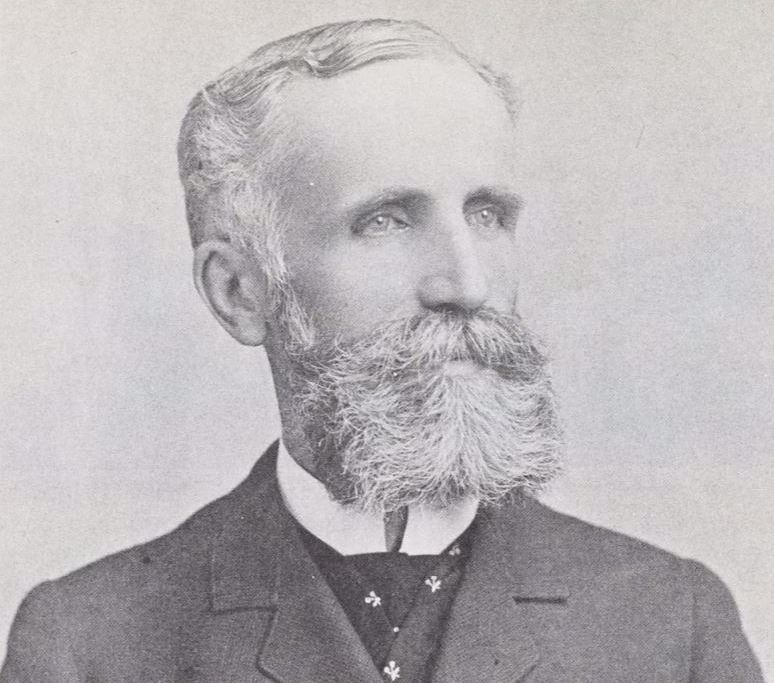 Edward Wilder, president of the library board of directors (TSCPL)
Edward Wilder, president of the library board of directors (TSCPL)
The Topeka Public Library could not seem to stop growing. By 1878 the library had already occupied three different buildings. First it outgrew a lone bookcase in the back of a dry goods store. Then it outgrew a rented room above a hardware store. In 1878 it was bursting at the seams at the location it had occupied for four years, the second floor of Quick’s Hall on the northeast corner of 7th and Kansas Ave. Between March 1871 and November 1877, the library’s collections had grown from 150 items to more than 3,000. In 1877 when the library became free and open the public patronage quadrupled.
The library’s board president Edward Wilder knew simply renting out a new space was not the answer. What the library truly needed was a permanent building “which would accommodate our growing library much better than any rented room can ever do, and which would become a lasting monument to the enterprise of our city.”
Raising money for a new building turned out to be relatively easy. Wilder was the treasurer of the Santa Fe railroad and managed to convince not only the Santa Fe but also the Union Pacific railroad to each donate $12,500 for the building of a permanent home for the library. With the money secured, Wilder and his fellow board members began scouting for the perfect place to build.
“The Finest Public Library Building in the West”
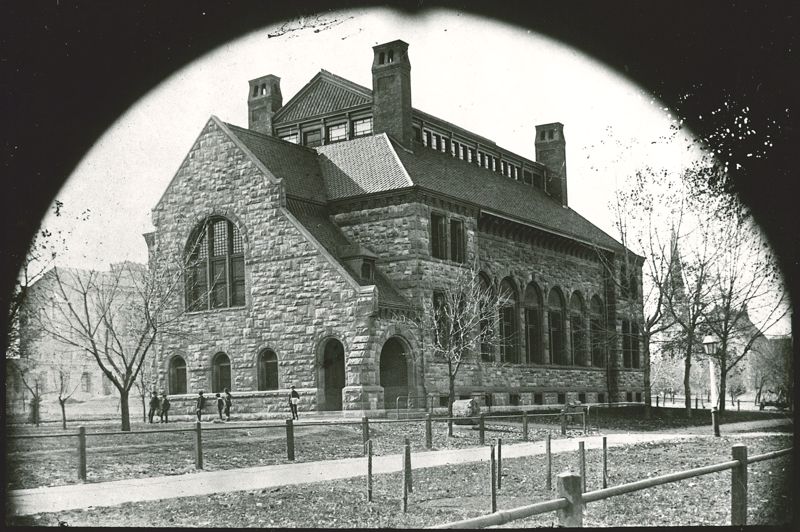 The Topeka Free Public Library building on the grounds of the still-under-construction state capitol, circa 1891 (TSCPL)
The Topeka Free Public Library building on the grounds of the still-under-construction state capitol, circa 1891 (TSCPL)
The most appealing site for the new library building was on the grounds of the state capitol. Not only would that be a centralized location, but the land would also not need be purchased. All they needed was approval by the Kansas legislature and the governor.
Word that the library was eyeing a location on the capitol grounds did not sit well with some people. The Topeka Daily Capitol said putting a building on the statehouse grounds would set a bad precedent and “the grounds which should be beautified as a park should not be obstructed with even ornamental buildings.” Others were uncomfortable with a building on the capitol grounds that had been entirely funded by the railroads. They feared “it would be construed by the people of the state as a monument to commemorate a […] virtual surrender of all jurisdiction” by the legislature over the railroads.
Nevertheless by March 1881 House Bill 242 – “An act authorizing the Topeka library association to erect a free library building on the Capitol Square in Topeka” – had been passed by both the house and the senate. Governor John St. John signed the bill on March 5, 1881. The bill said the ground given for the library could not exceed 200 square feet, that the building “shall be constructed of handsome cut stone” and that the library could not “sell, convey or lease said building or the ground upon which it may be erected.”
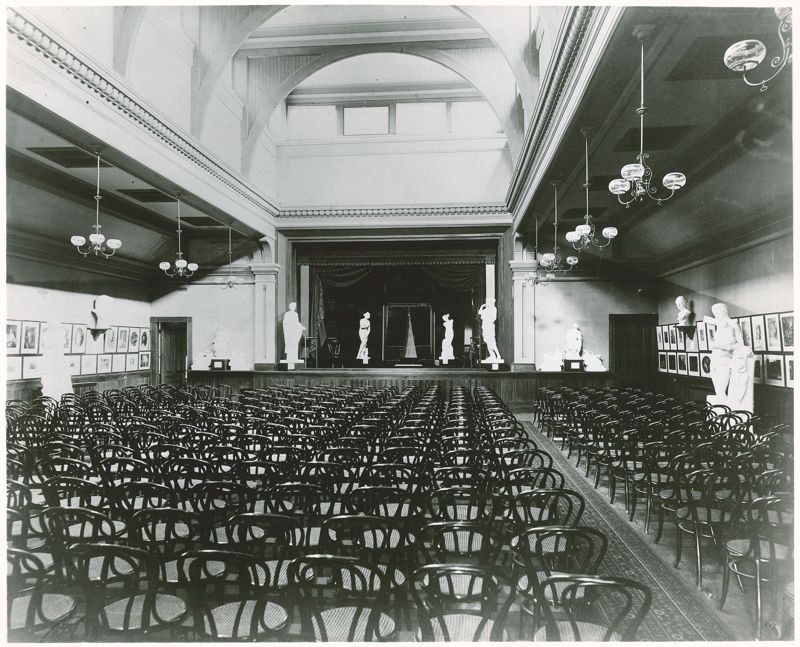 "Library Hall" was a breath-taking space located on the top floor. It had a large stage, dressing rooms and could seat more than 400 people. (TSCPL)
"Library Hall" was a breath-taking space located on the top floor. It had a large stage, dressing rooms and could seat more than 400 people. (TSCPL)
The site chosen for the library was on the northeast corner of the statehouse grounds at the corner of 8th and Jackson. Construction of the building began in September 1881 using a design by the Boston-based architectural firm of Ware & Van Brunt. The Daily Kansas State Journal reported that “the building will be 54 x 116 feet, two stories high above the basement” and would have not only library space, but also “an immense hall […] with a seating capacity for 456 people.” The hall would be equipped like a full theater, with a stage, dressing rooms, drop curtains, wings and flies.
The building was officially dedicated on April 21, 1883, with much fanfare. There were numerous speeches given to a standing-room-only crowd, along with music and dancing. The local papers declared that the new library was a “monument of beauty, excellence and lasting credit.”
All Good Things . . .
For the next 71 years, the library on the capitol grounds served as a hub of cultural activity in Topeka. Beyond books, the library offered plays and dramatic readings in the performance hall. It also began collecting a wide variety of art that was prominently placed throughout the library building. An art school was opened in the building that was taught by George E. Hopkins. One of the nicknames given to the library was the “cradle of art in Topeka.”
Unfortunately, by 1925 the library had outgrown its building, which was too small and too expensive to maintain. Due to rejected bond proposals, it took another 25 years before anything could be done about it. In 1950 Westlawn Park located across from Stormont-Vail Hospital on 10th Avenue, was suggested as a location. While some felt that this location was “too far west” for most Topekans, the location was ideal in that “no buildings would have to be raised, no housing destroyed” and the site offered enough space for ample parking.
Ground was broken at the new site on May 12, 1952. On October 30, 1953, as the new library building neared completion, the library on the statehouse grounds closed its doors for the final time. For nearly a decade, the old library building sat empty. A few state government groups used the space for a time, but with repairs estimated to cost upwards of $30,000, no one was willing to make it their permanent home.
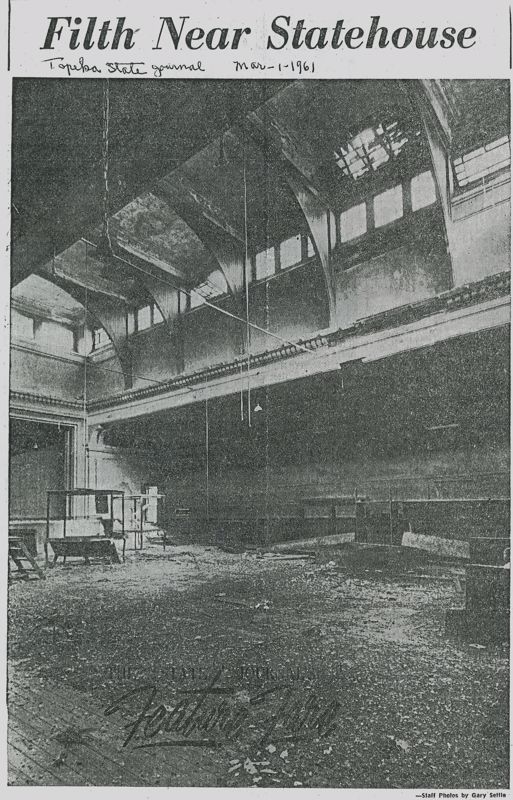 Library Hall had lost its grandeur by 1961. The building had holes in the ceiling and windows, and pigeons had taken up residence in the rafters.
Library Hall had lost its grandeur by 1961. The building had holes in the ceiling and windows, and pigeons had taken up residence in the rafters.
Talk began to circulate about demolishing the building and once again making the capitol grounds more park-like. Many civic and social groups hoped to save the building from this fate. Topekans had fond memories of the old library building and one editorial in the Topeka State Journal said, “the tearing down of the old library is like the death note for an old friend.” Yet the building was becoming more and more of an eyesore every day - with its busted windows and holes in the roof. The legislature approved money to raze the building in 1961.
As demolition work began, several of the architectural and decorative features were saved and sold. The grand staircase was purchased by Cow Town in Wichita for use in its old west saloon. The murals that hung above the staircase were purchased and given to Highland Park High School. Smaller pieces of stained glass and ironwork were bought by local Topekans for use in their own homes.
The building was officially pulled down in October of 1961. But it didn’t go down without a fight. As the main pillars were coming down, several large pieces of stone came off the building and crashed among the parked cars on 8th Street, caving in the side of one and denting another.
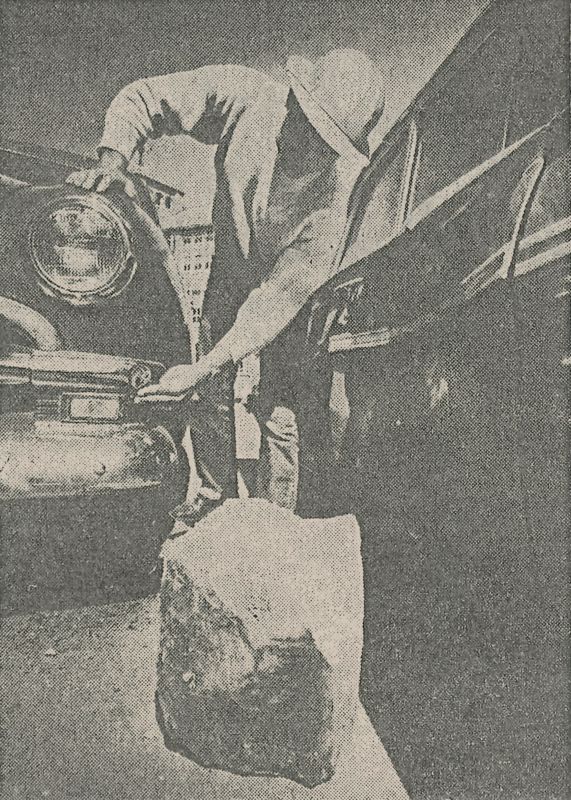 A demolition worker points out where a piece of the old library building damaged a car parked near the demolition site (Topeka State Journal, October 3, 1961)
A demolition worker points out where a piece of the old library building damaged a car parked near the demolition site (Topeka State Journal, October 3, 1961)
Check out resources to learn more about the old library building.
Upcoming genealogy and local history events
 Jan 5 | 05:30PM - 7:00PM
Researching Enslaved Ancestors with Kathleen Brandt
Topeka and Shawnee County Public Library, Hughes Room 205
Jan
6
Jan 5 | 05:30PM - 7:00PM
Researching Enslaved Ancestors with Kathleen Brandt
Topeka and Shawnee County Public Library, Hughes Room 205
Jan
6
 Jan 6 | 05:00PM - 6:30PM
Expanding Your Family Tree with Family Search
Topeka and Shawnee County Public Library, Menninger Room 206
Jan
13
Jan 6 | 05:00PM - 6:30PM
Expanding Your Family Tree with Family Search
Topeka and Shawnee County Public Library, Menninger Room 206
Jan
13
 Jan 13 | 05:00PM - 6:30PM
Finding Your Family in Adoption Records
Topeka and Shawnee County Public Library, Menninger Room 206
Jan
20
Jan 13 | 05:00PM - 6:30PM
Finding Your Family in Adoption Records
Topeka and Shawnee County Public Library, Menninger Room 206
Jan
20
 Jan 20 | 02:00PM - 3:30PM
Building Your Family Tree
Topeka and Shawnee County Public Library
Jan 20 | 02:00PM - 3:30PM
Building Your Family Tree
Topeka and Shawnee County Public Library













